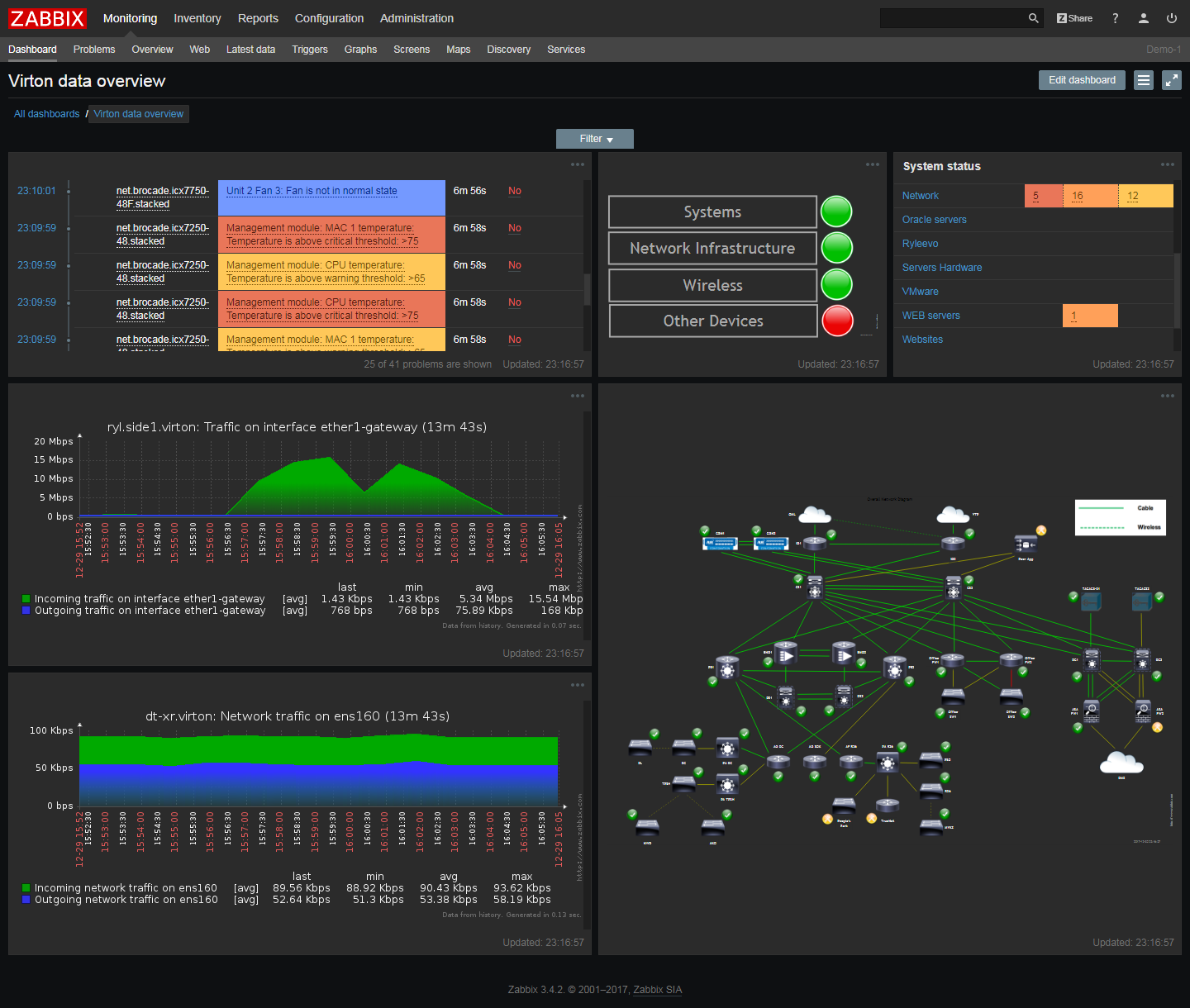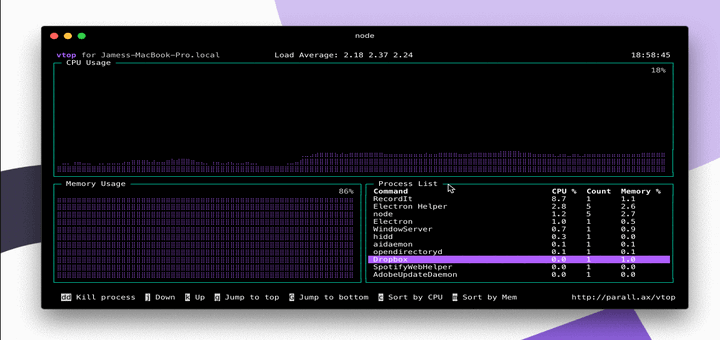
):īefore running your own version of this and breaking your OS, it’s a good idea to test it. If any(procstr in proc.name() for procstr in\ '''pykill.py - selective process kill prog''' You could match the strings with a set of “or” statements, but another way to match a name from a list of strings in Python is to use the built-in function: any.Ī simple Python 3 program to match and kill processes looks like this: In this example, a friend of mine who spends too much time gaming wants to run a game that is highly demanding of CPU and memory, so they want to kill the Adobe Creative Cloud processes that are running and don’t currently need, (but also want to leave it all installed so they can use the video editing when they need it).Īfter checking the process list, the process names to kill contain the strings: “Adobe”, “CCXProcess”, “CoreSync” and “Creative Cloud”. How to kill processes based on partial strings For example on Windows you could start a PowerShell window by right-clicking and selecting “Run as Administrator”, or on Linux run using sudo.

However, if you didn’t create the process in the first place, or it wasn’t created on your behalf, you won’t have permission to kill it, unless you’re running the code as “Administrator” or “superuser”. Once you have selected a process the command to kill it using psutil looks like this: This is important when it comes to matching strings to kill a process, and why listing the processes first is useful. You can see the process names in Task Manager when you right-click and select properties. When you run this code on Windows, the list of process names will not always match the display names listed in Task Manager.

This can be accomplished using the psutil Python library – a cross-platform library for process and system monitoring. The first step is to list the processes that are running. Let’s go through the steps of listing, matching, and killing processes running on the machine. There are command line programs like taskill.exe, but it’s useful to be able to combine process killing with a programming language like Python which lets you easily add pattern matching to selectively pick the processes. Killing processes, particularly on Windows, can be a bit of a manual process.

Sometimes you need to kill processes running on your machine, for example to clean up after an application has hung, or when you want to wipe out some background tasks in a hurry.


 0 kommentar(er)
0 kommentar(er)
